The Codex Alimentarius Commission has listed the possible physical hazards on the basis of their capacity to cause injury or even chocking of the customers. All these items are commonly encountered in food materials handled carelessly. These physical hazards can be controlled by appropriate GMP. In case of glass, the best option is to avoid glass containers and for glass structural components in the building operate a glass audit on a daily basis and maintain relevant records. In case of wood pieces, stones, plastic pieces and personal effects strict adherence to GMP is the best option. In this case also modern sortex machines which can separate these hazards based on density can be included in the production line to purify the raw materials, so as to eliminate these hazards. Bones/shells can also be sorted and removed manually under UV lamps. Among these physical hazards, metal pieces are the only item that can be effectively removed by incorporating magnetic metal detectors in the production line. The sortex machines and metal detectors shall be periodically calibrated to ensure their ability to detect and separate these hazards of appropriate size.
Based on studies on the sources and mechanism of food contamination, scientists have developed ways and means to control agents of food safety hazards. These scientists have also come out with certain procedures to avoid various hazards in food from farm to fork. These control measures are summarized into three well known procedures namely 1. Standard Sanitation Operation Procedures(SSOP) or Food Hygiene & Sanitation Practices, 2. Good Manufacturing Practices (GMP) and 3. Hazard Analysis Critical Control Points (HACCP). SSOP and GMP together are also known as Pre Requisite Programmes (PRP) for HACCP implementation. The training on food safety will enable the particpants to process food free from these physical hazards.

Get Enrolled Today
The licencing criteria for restaurants, Hotels and Food production units are fast changing. The standards for food business operation are also continuously improved upon. To catch up with these changes the food business operators and their personnel how to undergo proper training in most of the training modules on food safety and food processing. Hurry up to get trained please...


